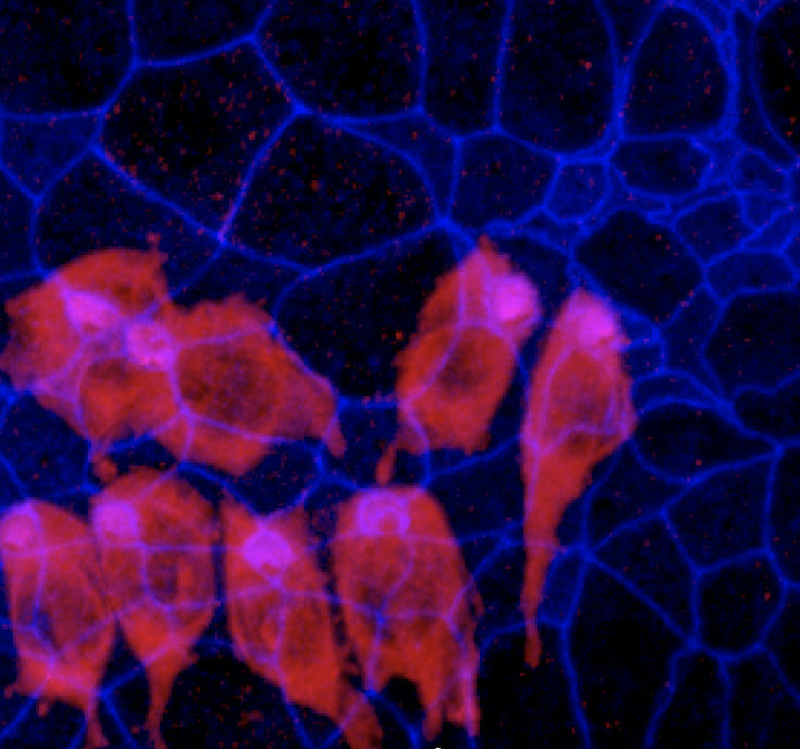Those children with bilateral hearing loss who met all three components of the Early Hearing Detection and Intervention guidelines (hearing screening by 1 month, diagnosis of hearing loss by 3 months and intervention by 6 months) had significantly higher vocabulary quotients, reported Christine Yoshinaga-Itano, PhD, of the University of Colorado Boulder, writing in Pediatrics.
The authors added that recent research reported better language outcomes for children born in areas of the country during years where universal newborn hearing screening programs were implemented, and that these children also experienced long-term benefits in reading ability. The authors said that studies in the U.S. also reported better language outcomes for children whose hearing loss was identified early, who received hearing aids earlier or who began intervention services earlier. But those studies were limited in geographic scope or contained outdated definitions of "early" hearing loss.
"To date, no studies have reported vocabulary or other language outcomes of children meeting all three components of the [Early Hearing Detection and Intervention] guidelines," they wrote.
Researchers examined a cohort of 448 children with bilateral prelingual hearing loss between 8 and 39 months of age (mean 25.3 months), who participated in the National Early Childhood Assessment Project -- a large multistate study. About 80% of children had no additional disabilities that interfered with their language capabilities, while over half of the children with additional disabilities reported cognitive impairment. Expressive vocabulary was measured with the MacArthur-Bates Communicative Development Inventories.
While meeting all three components of the Early Hearing Detection and Intervention guidelines was a primary variable, the authors identified five other independent predictor variables into the analysis:
They wrote that the overall model was significantly predictive, with the combination of the six factors explaining 41% of the variance in vocabulary outcomes. Higher vocabulary quotients were predicted by higher maternal levels of education, lesser degrees of hearing loss and the presence of a parent who was deaf/or hard of hearing, in addition to the absence of additional disabilities, the authors said. But even after controlling for these factors, meeting all three components of the Early Hearing Detection and Intervention guidelines had "a meaningful impact" on vocabulary outcomes.
The authors also said that mean vocabulary quotients decreased as a child's chronological age increased, and this gap was greater for older children. They argued that this complements previous findings, where children with hearing loss fail to acquire vocabulary at the pace of hearing children.
Overall, the mean vocabulary quotient was 74.4. For children without disabilities, the mean vocabulary quotient was 77.6, and for those with additional disabilities, it was 59.8.
Even those children without additional disabilities who met the guidelines had a mean vocabulary quotient of 82, which the authors noted was "considerably less" than the expected mean of 100. They added that 37% of this subgroup had vocabulary quotients below the 10th percentile (<75).
"Although this percentage is substantially better than for those who did not meet [Early Hearing Detection and Intervention] guidelines ... it points to the importance of identifying additional factors that may lead to improved vocabulary outcomes," they wrote.
Limitations to the study included that only expressive vocabulary was examined and the authors recommended that future studies consider additional language components. Other limitations included that disability status was determined by parent, with the potential for misclassification.
The authors said that the results of their study emphasize the importance of pediatricians and other medical professionals to help identify children with hearing loss at a younger age, adding that "only one-half to two-thirds of children met the guidelines" across participating states.
This article was republished with permission from MedPageToday.





















